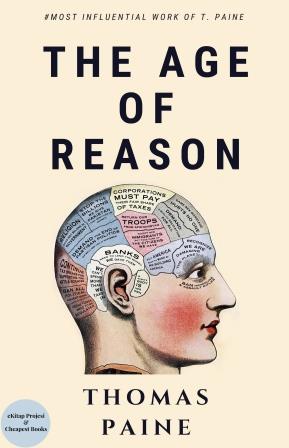More Search Results...

Four Stories of the Schrodinger’s Cat & Simple Quantum Physics in Four Steps
"I don’t want to bore you with the over and over told stories of the wave-particle duality and Schroedinger’s Cat…
May be there are hundreds of books that do this. But I tell you a different and deeply story so relation to the paralel universe that contain from ancient Upanishads to modern String theory and beyond with simply forming “Four Equations” and “Four Stories” in simple “Four Steps”.."
M. Ukray
A Treatise on Probability
The subject matter of this book was first broached in the brain of Leibniz, who, in the dissertation, written in his twenty-third year, on the mode of electing the kings of Poland, conceived of Probability as a branch of Logic. A few years before, “un problème,” in the words of Poisson, “proposé à un austère janséniste par un homme du monde, a été l’origine du calcul des probabilitiés.” In the intervening centuries the algebraical exercises, in which the Chevalier de la Méré interested Pascal, have so far predominated in the learned world over the profounder enquiries of the philosopher into those processes of human faculty which, by determining reasonable preference, guide our choice, that Probability is oftener reckoned with Mathematics than with Logic. There is much here, therefore, which is novel and, being novel, unsifted, inaccurate, or deficient. I propound my systematic conception of this subject for criticism and enlargement at the hand of others, doubtful whether I myself am likely to get much further, by waiting longer, with a work, which, beginning as a Fellowship Dissertation, and interrupted by the war, has already extended over many years.
More info →The Meaning of Relativity: “With Four Diagrams”
The theory of relativity is intimately connected with the theory of space and time. I shall therefore begin with a brief investigation of the origin of our ideas of space and time, although in doing so I know that I introduce a controversial subject. The object of all science, whether natural science or psychology, is to co-ordinate our experiences and to bring them into a logical system. How are our customary ideas of space and time related to the character of our experiences?
The experiences of an individual appear to us arranged in a series of events; in this series the single events which we remember appear to be ordered according to the criterion of “earlier” and “later”, which cannot be analysed further.
More info →From Copernicus to Einstein
THIS little book purports to serve as an introduction to the great problems of space, time and motion. The inquiries it is concerned with are very old. Men have been forming ideas concerning space and time since times immemorial, and curiously enough, have been writing and fighting about these things with the greatest interest, even fanaticism.
More info →Gray’s Anatomy-II
MOST VALUABLE ANATOMY BOOK IN THE WORLD
Classic 1918 Publication Revised Edition, "1247 Coloured Engrawings" As Well As a "Subject Index" With 13,000 Entries Ranging from the "Abdomentum" to the "Zygomaticus"
REVISED & RE-EDITED & RE-ILLUSTRATED "1918" TWENTIETH EDITION AND WHOLE IN ONE VOLUME
More info →BİRLEŞİK ALAN TEORİSİ-II
Kainatın meydana gelişini izah eden “Büyük Patlama” (Big Bang) isimli popüler teori yerine, İzafiyet teorisinin 5. boyuta genelleştirilmesi şeklinde tanımlanabilen ve kuvvetli bir matematiksel altyapıyla, yaklaşık 13 yıllık bir felsefi düşünce mantığı ve uzunca bir çalışmanın sonucu ortaya çıkardığım bu teori; kainatın Başlangıçta nasıl yaratıldığını ve Sonu hakkında da bazı önemli ipuçları vermektedir. 21. Yüzyılın bu YENİ Fizik kuramı, bu genişletilmiş kaliteli baskısı ile, 100 yeni teorem ve yaklaşık 1000 adet orjinal Grafik çizimlerle, her kütüphanede bulunması gereken bir FİZİK & KOZMOLOJİ BAŞYAPITI'dır..
More info →An Introduction to Mathematics
The study of mathematics is apt to commence in disappointment. The important applications of the science, the theoretical interest of its ideas, and the logical rigour of its methods, all generate the expectation of a speedy introduction to processes of interest. We are told that by its aid the stars are weighed and the billions of molecules in a drop of water are counted. Yet, like the ghost of Hamlet's father, this great science eludes the efforts of our mental weapons to grasp it | 'Tis here, 'tis there, 'tis gone" | and what we do see does not suggest the same excuse for illusiveness as sufficed for the ghost, that it is too noble for our gross methods. A show of violence," if ever excusable, may surely be offered" to the trivial results which occupy the pages of some elementary mathematical treatises.
More info →A Short History of Science
The present book, while in part a revision of Sedgwick and Tyler's Short History of Science, is to a great extent new. Like the earlier work, it is the outgrowth of a course of lectures given for a number of years to undergraduates at the Massachusetts Institute of Technology. Doctor Sedgwick having died some years after the publication of the first edition, the surviving author undertook the preparation of a revised edition and invited R. P. Bigelow, who had taken part in the lecture course, to share the editorial responsibility in cooperation with colleagues verse in other fields.
More info →Introduction to General Chemistry: [Extented & Illustrated]
This text has been in process of growth at the University of Chicago since 1913. At that time a synopsis of the first nine chapters was printed. This was followed, in 1916-17, by the completed work of the first fifteen chapters. Chapters XVI-XIX were added and used in class work during 1918 and 1919.
More info →The Age of Reason
A major actor in the American Revolution, the English intellectual Thomas Paine (1737-1809) is best remembered for his pamphlet Common Sense (1776), which advocated American independence from Britain. Although accorded honorary French citizenship in 1792 for his republican Rights of Man, Paine was later imprisoned and narrowly escaped guillotine.
More info →

























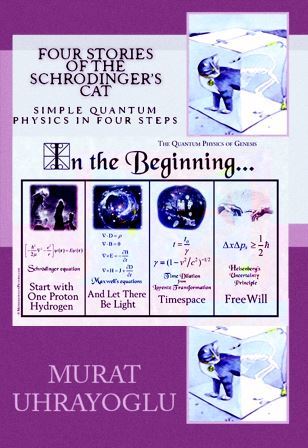







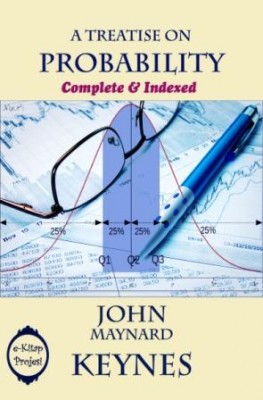
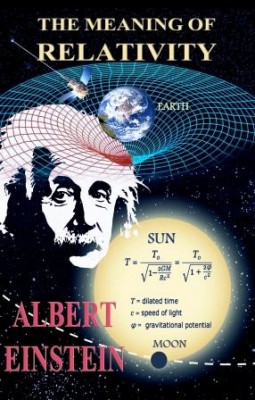
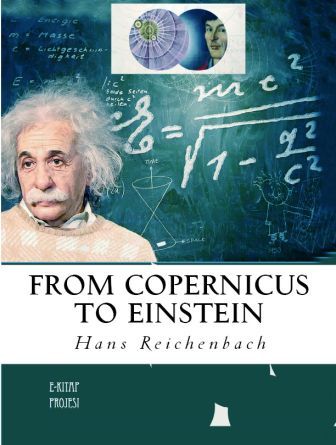
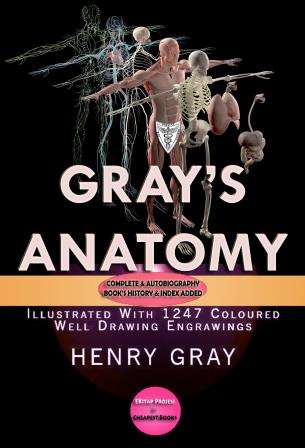





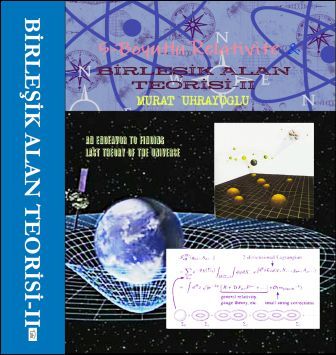


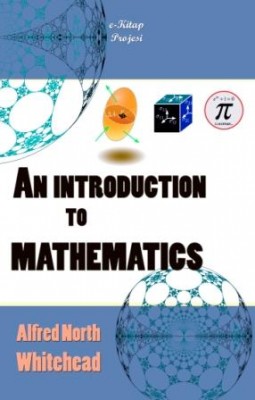

![Introduction to General Chemistry: [Extented & Illustrated]](https://www.cheapestboooks.com/wp-content/uploads/2013/01/Introduction-to-General-Chemistry-Cover.jpg)
